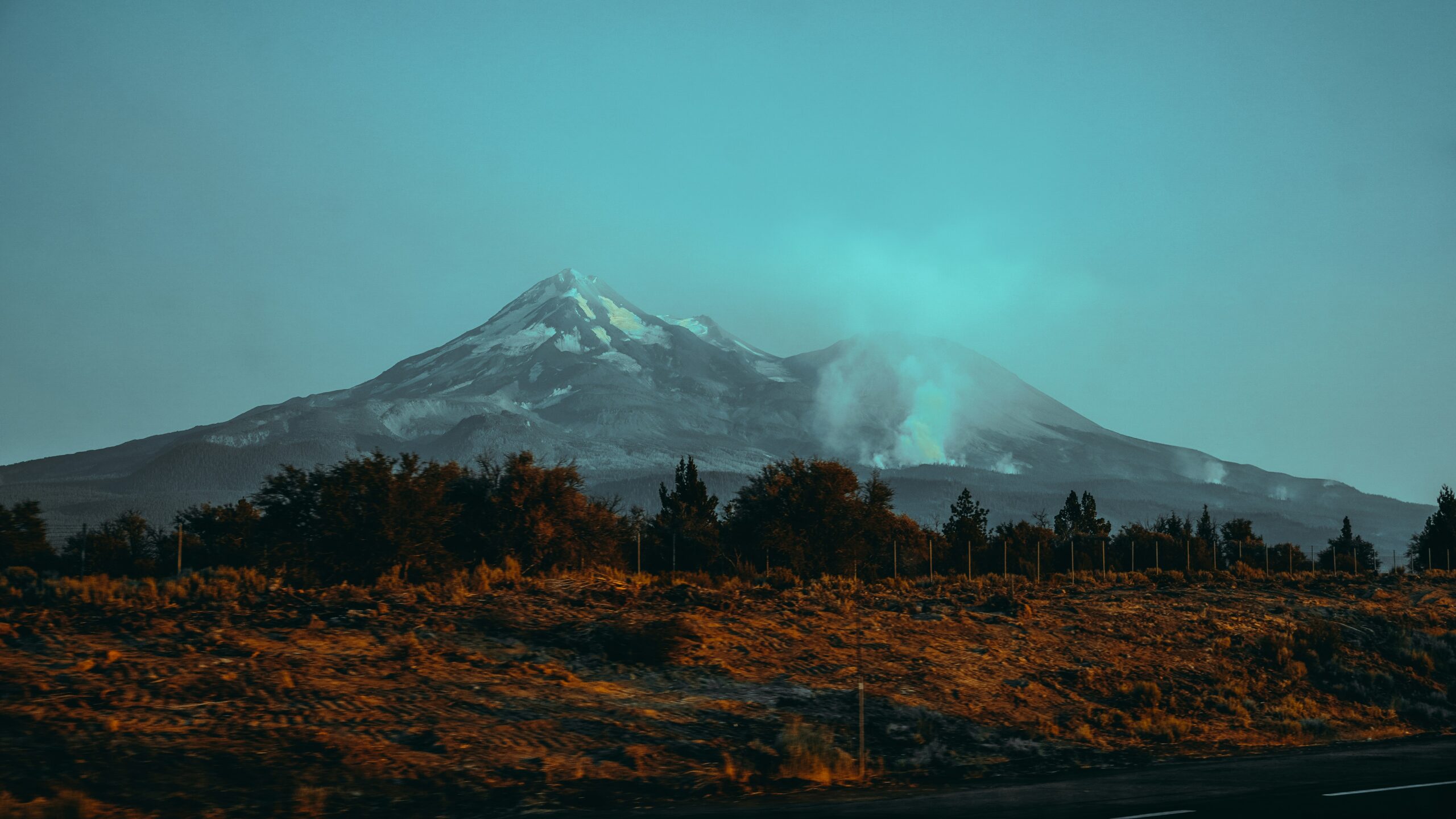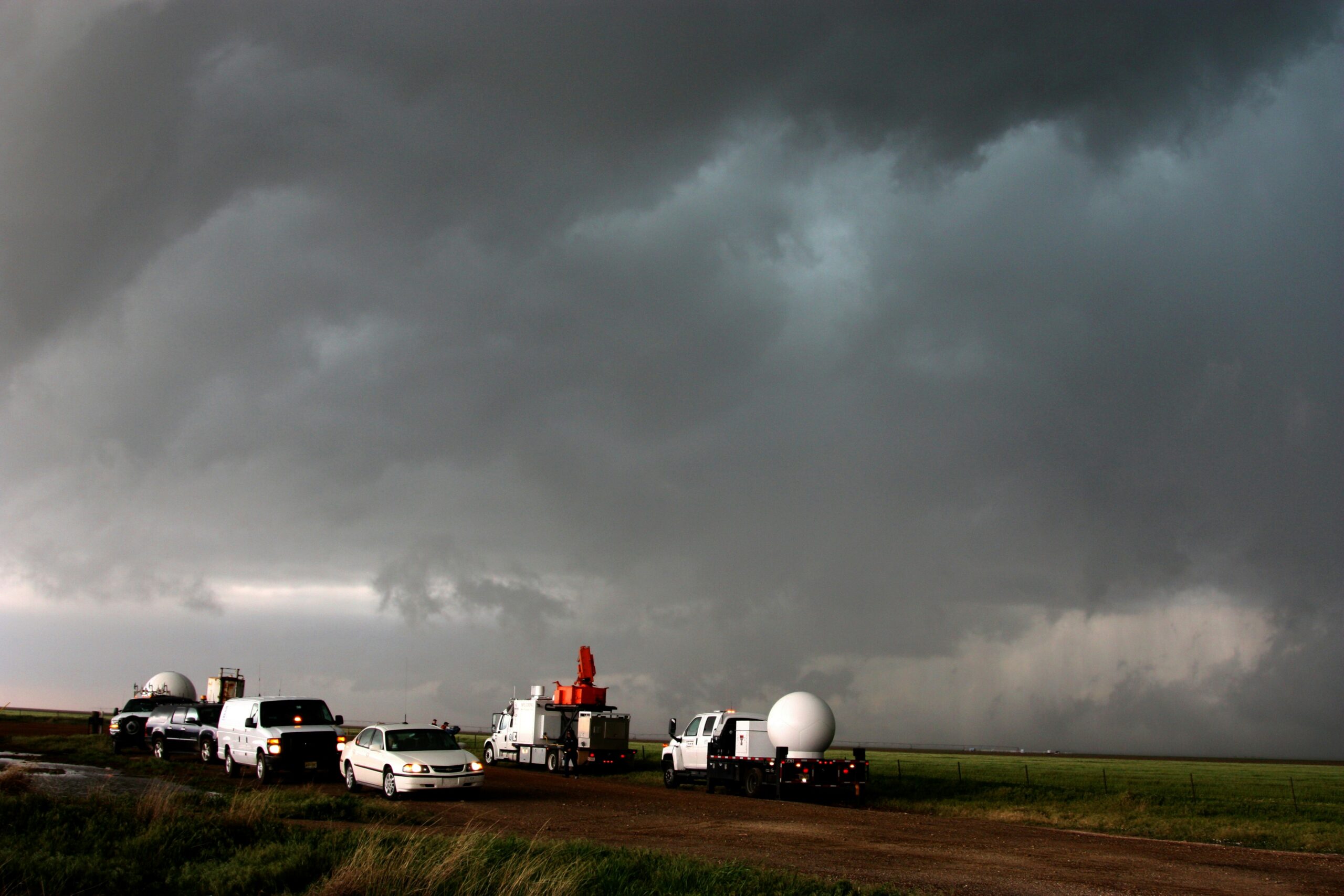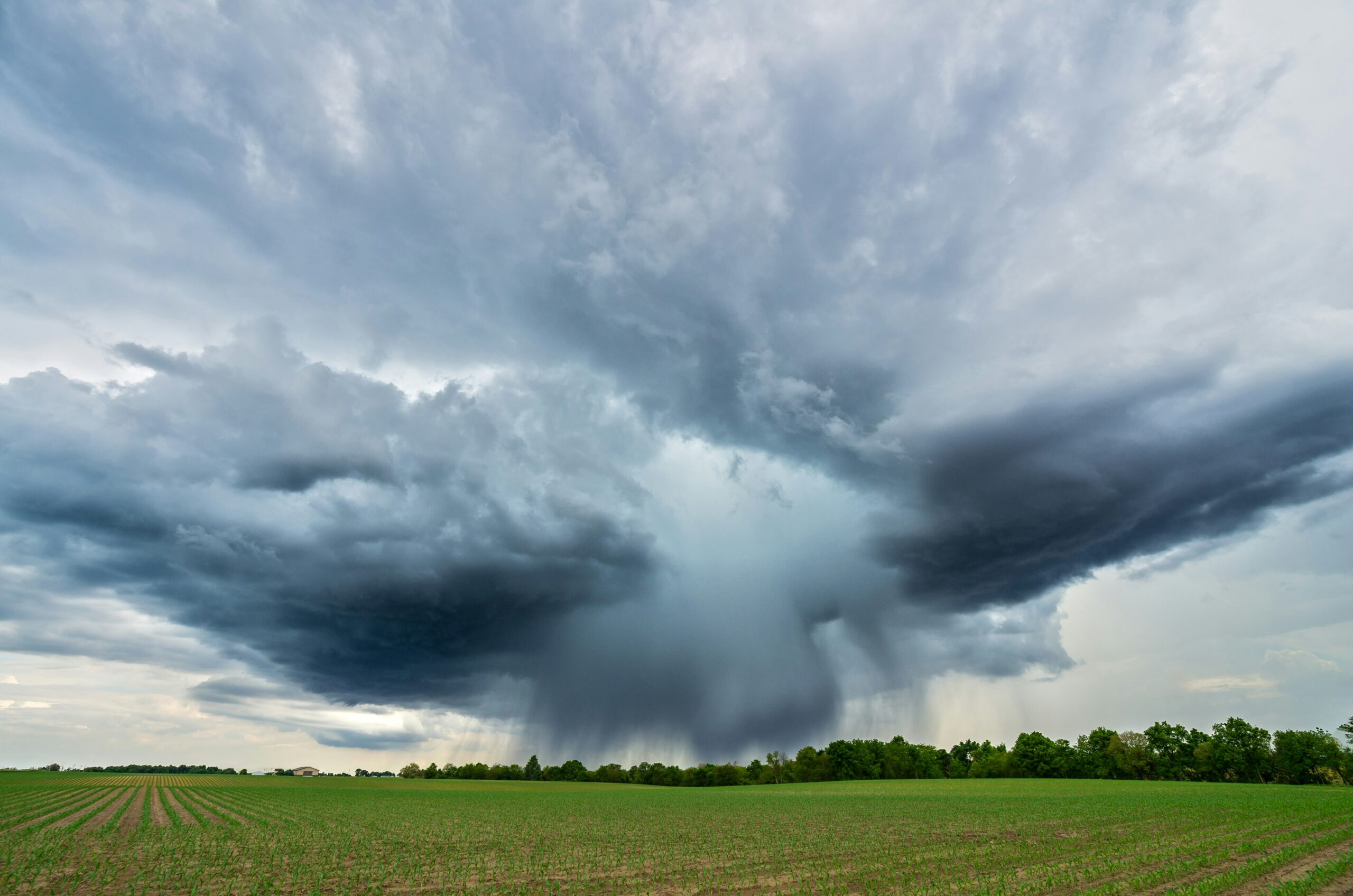Are you planning to conquer Mount Shasta and wondering how to pack your backpack for the adventure? Look no further! In this article, we will guide you through the essentials of preparing your backpack for the climb. From selecting the right gear to organizing your supplies efficiently, we've got you covered. Get ready to tackle the rugged terrain of Mount Shasta with confidence and ease, as we help you pack smartly for this unforgettable expedition.

Understanding Mount Shasta Environment
Mount Shasta, located in Northern California, is one of the most captivating peaks in the state. Before embarking on your adventure, it is essential to familiarize yourself with the unique topography of Mount Shasta. Standing at an impressive height of 14,179 feet, Mount Shasta presents climbers with diverse terrain, including glaciers, rocky slopes, and steep ridges. Understanding the lay of the land will help you better prepare for the challenges you may face during your ascent.
In addition to the topography, it is crucial to identify the weather patterns and climate changes that can affect Mount Shasta. This mighty mountain experiences a wide range of weather conditions, from scorching heat in the summer months to heavy snowfall in the winter. It is advisable to keep a close eye on weather forecasts before heading out, as sudden changes in weather can have a significant impact on your climb.
Recognizing potential risks and hazards while climbing Mount Shasta is vital for your safety. This majestic peak presents a variety of challenges, such as rockfall zones, crevasses, and avalanches, which can pose serious threats to climbers. Taking the time to educate yourself about these risks and learning how to mitigate them will ensure a safer and more enjoyable experience on the mountain.
As part of your preparation, researching about altitude sickness and safe ascent and descent strategies is crucial. Climbing to higher elevations can expose you to the risk of altitude sickness, a condition caused by the decreased amount of oxygen available at higher altitudes. Familiarizing yourself with the symptoms of altitude sickness and implementing proper acclimatization strategies can help prevent this potentially dangerous condition.
Choosing Your Backpack
When it comes to climbing Mount Shasta, selecting the right backpack is of utmost importance. Consider the durability and weight of the backpack you choose. As you will be carrying essential gear and equipment, a durable backpack that can withstand the rigors of the mountain is essential. Additionally, keeping the weight of your pack to a minimum will make the climb more comfortable and less physically demanding.
Comfort should also be a primary consideration when choosing a backpack. Look for a backpack that offers a secure and comfortable fit. Adjustable straps, padded shoulder straps, and a padded back panel can greatly improve your comfort and ensure that the pack distributes the weight evenly.
Checking the capacity and compartmentation features of the backpack is crucial. Mount Shasta requires climbers to carry a substantial amount of gear, including clothing, food, water, and safety equipment. Ensure that your backpack has enough room to accommodate all the necessary items, and consider compartments or pockets that allow for easy organization and accessibility.
Considering weather-resistant features such as waterproofing or a rain cover is essential. Mount Shasta's unpredictable weather can quickly turn wet and windy, so having a backpack that can protect your gear from moisture will greatly enhance your climbing experience.
Water and Hydration
Staying hydrated is vital for a successful climb of Mount Shasta. Calculating your water requirement based on the hike duration and intensity is essential. It is recommended to consume at least one liter of water per hour during strenuous activity. Keep in mind that the high altitude and physical exertion on the mountain will increase your water needs.
Packing a reliable water purification method is crucial. While streams and other water sources may be available along the trail, it is essential to treat the water before consumption to eliminate any potential contaminants. Portable water filters or purification tablets are lightweight and effective options for ensuring you have safe drinking water throughout your climb.
Carrying hydration packs or water bottles is a personal choice. Some climbers prefer the convenience of a hydration pack, which allows for hands-free drinking, while others find water bottles to be more practical. Whatever your preference, ensure that you have a sufficient means of carrying water throughout your climb.
Considering the use of energy drinks or electrolyte tablets is advisable, especially during extended periods of strenuous activity. These products can help replenish the electrolytes lost through sweating and provide an energy boost to keep you going.
Food and Nutrition
Proper nutrition is essential for maintaining energy levels and stamina while climbing Mount Shasta. Packing high-calorie meals and snacks will provide the necessary fuel to keep you going throughout your climb. Opt for lightweight and nutrient-dense options such as energy bars, trail mix, dried fruits, and nuts.
Deciding between ready-to-eat meals or cooking at the campsite is a personal choice. Ready-to-eat meals are convenient and require minimal preparation, making them a popular choice among climbers. However, if you enjoy the process of cooking and want to indulge in hot meals, packing a portable stove and cookware can enhance your culinary experience on the mountain.
Packing lightweight and compact food items will help keep your pack weight down. Consider foods that are easy to carry and do not require refrigeration. Choose items that can be easily rehydrated with water, such as dehydrated meals or instant noodles.
Considering dietary requirements and allergies is crucial when planning your food supplies. If you have any specific dietary restrictions or allergies, ensure that you pack suitable options that meet your nutritional needs without compromising your health or safety.

Clothing and Layering
Choosing appropriate clothing material is essential for the challenging conditions on Mount Shasta. Opt for sweat-wicking fabrics that draw moisture away from your skin, keeping you dry and comfortable. Layering is also key to regulating your body temperature. Packing extra layers for cold and windy conditions will help you stay warm and protected throughout your climb.
Weather on Mount Shasta can change rapidly, so being prepared with rain gear and waterproof clothing is crucial. A waterproof jacket and pants will keep you dry in case of rain or snowfall, preventing your clothing from becoming saturated and causing discomfort or hypothermia.
Considering sun protection gear like hats and sunglasses is essential, as the sun's rays can be intense at higher altitudes. Choose a wide-brimmed hat to shield your face and neck from the sun and ensure you have sunglasses with adequate UV protection to prevent eye damage.
Safety Gear
Ensuring you have the necessary safety gear is paramount for a safe climb on Mount Shasta. Packing a first aid kit with essential medicine and bandages is crucial. In case of injuries or accidents, having the necessary supplies to provide immediate care can make a significant difference in the outcome.
Taking multi-functional tools or survival knives is advisable. These tools can serve various purposes, such as cutting rope, opening packages, or even assisting in emergency situations. Opt for a lightweight and compact tool that offers multiple functions.
Carrying a flashlight or headlamp with extra batteries is essential, especially if you plan on climbing during dawn, dusk, or at night. Proper lighting will ensure your safety and prevent accidents in low-light conditions.
Carrying navigation tools like a map, compass, or GPS is crucial for staying on the right path and avoiding getting lost. Familiarize yourself with the use of these tools before your climb to ensure you can navigate confidently during your ascent and descent.

Climbing Equipment
Choosing appropriate mountaineering boots is of utmost importance for your safety and comfort while climbing Mount Shasta. Look for boots that offer excellent ankle support, as the terrain can be challenging and uneven. Opt for boots with a good tread and consider waterproof options to keep your feet dry throughout your climb.
Packing ice axe, crampons, and a harness for glacier travel is necessary if you plan on traversing the glacial areas of Mount Shasta. These tools provide the necessary traction and stability when navigating icy terrain.
Taking climbing ropes, cords, and carabiners is essential for certain sections of the climb that may require roped travel. Ensure you have the necessary knowledge and skills to safely use these tools before attempting roped climbing on Mount Shasta.
Packing a helmet and protective gear for rockfall zones is crucial. Mount Shasta has areas prone to rockfall, and wearing a helmet can protect you from potential head injuries. Consider additional protective gear such as knee pads or elbow guards if you anticipate encountering challenging sections.
Camping Gear
If you plan on camping during your climb, selecting a lightweight and weather-resistant tent is essential. Look for a tent that can withstand wind and rain while providing adequate protection and comfort. Consider the size and weight of the tent, as you will need to carry it on your ascent.
Taking a comfortable and warm sleeping bag is crucial for a restful night's sleep on Mount Shasta. Temperatures can drop significantly, especially at higher elevations, so ensure your sleeping bag is rated for the expected temperatures and provides enough insulation to keep you warm throughout the night.
Packing a portable stove and cookware if planning to cook at the campsite can add a level of comfort to your climbing experience. Look for lightweight and compact options that are easy to assemble and use.
Carrying an insulation pad provides additional comfort and warmth while sleeping. These lightweight pads offer insulation from the cold ground and improve overall sleeping conditions.
Personal Items and Extras
Packing practical personal items and extras can enhance your overall climbing experience on Mount Shasta. Remember to include essentials such as toilet paper and other hygiene products. These items are crucial for maintaining cleanliness and hygiene during your climb.
Taking a camera or binoculars allows you to capture and appreciate the scenic views that Mount Shasta offers. Whether it's capturing a breathtaking sunset or observing wildlife from a distance, these items can add to your enjoyment and serve as lasting memories of your journey.
Carrying lightweight books or cards for relaxation during downtime is a personal choice. Having a form of entertainment can be a welcome distraction during rest breaks or evenings at the campsite.
Packing sunscreen, lip balm, and hand sanitizer is crucial for protecting your skin from sunburn, keeping your lips moisturized, and maintaining proper hygiene throughout your climb.
Leave No Trace Principles
Understanding and following Mount Shasta's regulations and restrictions is essential for minimizing your impact on the environment. Adhering to guidelines such as designated camping areas and respecting wildlife habitats will help preserve the natural beauty of the mountain for future generations.
Adopting practices to reduce your impact on the environment is crucial. This includes avoiding littering, minimizing campfire impact, and properly disposing of waste. Pack out all trash and leave the mountain as pristine as you found it.
Planning waste disposal methods is essential to ensure you leave no trace on Mount Shasta. Carry a portable waste bag and be prepared to pack out all your waste, including human waste. Follow proper waste disposal techniques to protect the environment and prevent contamination of water sources.
Leaving what you find and respecting wildlife is fundamental to the Leave No Trace philosophy. Avoid picking or disturbing plants, rocks, or other natural features. Observe wildlife from a distance and refrain from feeding or interacting with them to preserve their natural behavior and habitat.
By following these principles and taking every step to minimize your impact, you can enjoy the beauty of Mount Shasta while leaving a positive and lasting impression on the environment. Happy climbing!
